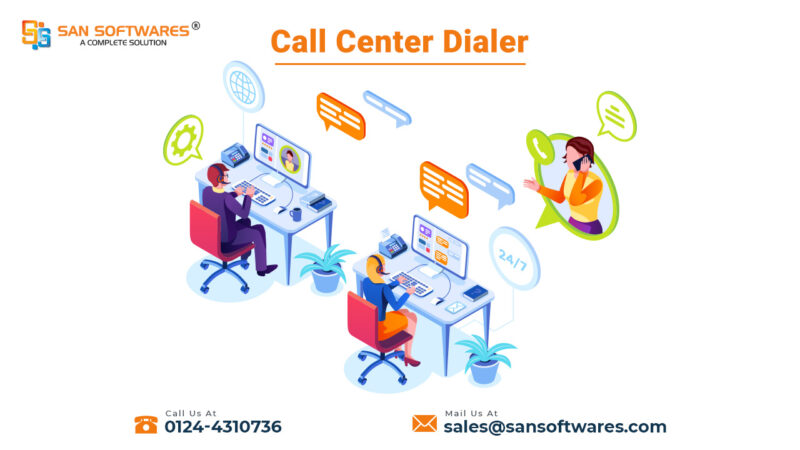How to Create a Fitness App in 8 Steps: From Idea to App Store In 2024

Introduction to fitness apps
Fitness apps have become an integral part of people’s lives, offering convenience, motivation, and personalized workout experiences. With the increasing emphasis on health and wellness, the demand for fitness apps continues to soar. Creating a fitness app from scratch might seem daunting, but with careful planning and execution, anyone can turn their idea into a successful app.
Market research and idea generation
Before diving into app development, it’s crucial to conduct thorough market research to understand the needs and preferences of your target audience. Analyze existing fitness apps to identify gaps in the market and brainstorm ideas for unique features that will set your app apart.
Analyzing the target audience
Identify the demographics, interests, and pain points of your target audience. Are they beginners looking to get started with fitness, or are they seasoned athletes seeking advanced training programs? Tailor your app’s features and content to meet the specific needs of your target demographic.
Identifying market trends
Stay up-to-date with the latest trends in the fitness industry, such as wearable technology, virtual coaching, and gamification. Incorporating popular trends into your app can attract more users and keep them engaged for the long term.
Defining app features and functionalities
Once you have a clear understanding of your target audience and market trends, outline the core features and functionalities of your fitness app.
Core features
- User profiles with personal information and fitness goals
- Customizable workout plans and routines
- Exercise libraries with video demonstrations and instructions
- Progress tracking and analytics
- Integration with wearable devices for real-time data tracking
Additional features
- Nutrition tracking and meal planning tools
- Community forums and social sharing features
- Challenges and competitions to motivate users
- Integration with third-party apps and services (e.g., Spotify for workout playlists)
Designing the user interface (UI) and user experience (UX)
The design of your app plays a crucial role in attracting and retaining users. Focus on creating a visually appealing and intuitive interface that makes it easy for users to navigate and access the app’s features.
Creating wireframes
Start by sketching out the layout and flow of your app using wireframing tools. This step will help you visualize the user interface and make adjustments before moving on to the prototyping stage.
Prototyping and testing
Develop interactive prototypes of your app to simulate the user experience. Conduct usability testing with a sample group of users to gather feedback and identify any usability issues or pain points that need to be addressed.
Developing the app
When it comes to developing an app, you have several options based on your budget, technical expertise, and timeline.
Choosing the right technology stack
Consider factors such as platform compatibility, scalability, and developer resources when selecting the technology stack for your app. Native app development offers the best performance and user experience but requires separate codebases for iOS and Android. Alternatively, cross-platform frameworks like React Native or Flutter can streamline the development process and reduce time-to-market.
Hiring developers or using DIY app builders
Decide whether to hire a team of developers to build your app from scratch or use DIY app builders that require little to no coding experience. Each approach has its pros and cons, so weigh your options carefully based on your project requirements and budget constraints.
Testing and quality assurance
Thoroughly testing your app for functionality, usability, and performance is essential before launching it on the App Store.
Functional testing
Verify that all features and functionalities work as intended across different devices and operating systems. Test each feature individually and in combination to identify and fix any bugs or issues.
Usability testing
Before launching your app on the App Store, it’s essential to thoroughly test it for functionality, usability, and performance.
Bug fixing
Address any bugs or glitches discovered during testing promptly to ensure a smooth and seamless user experience. Prioritize fixes based on severity and impact on the app’s functionality.
Launching the app on the App Store
Once your app is polished and ready for release, it’s time to submit it to the App Store for approval.
App Store guidelines and requirements
Familiarize yourself with the App Store guidelines and ensure that your app complies with all requirements regarding content, design, and functionality. Failure to meet these guidelines could result in rejection or removal from the App Store.
App submission process
Make sure to have all required assets, such as app icons, screenshots, and promotional materials, ready before you submit your app. You may need to make changes or provide additional information based on feedback from the App Store review team.
Marketing and broadcasting the app
Launching your app on the App Store is just the beginning. To attract users and drive downloads, you’ll need to implement a comprehensive marketing strategy.
App Store Optimization (ASO)
Optimize your app’s metadata, including keywords, titles, and descriptions, to improve its visibility and ranking in the App Store search results. Encourage users to leave positive reviews and ratings to boost your app’s credibility and appeal.
Social media marketing
Harness the power of social media platforms to promote your app and engage with your target audience. Share behind-the-scenes content, success stories, and special promotions to generate buzz and attract new users.
Influencer partnerships
Collaborate with fitness influencers and industry experts to endorse your app and reach a wider audience. Partnering with influencers can help build credibility and trust with potential users and drive more downloads.
Conclusion
Creating a fitness app requires careful planning, execution, and ongoing iteration to meet the evolving needs of users. By following these eight steps, you can bring your app idea to life and make a positive impact on people’s health and wellness journey.
FAQs
How much does it cost to develop a fitness app?
The cost of developing a fitness app can vary significantly depending on factors such as features, complexity, and development approach. On average, expect to invest anywhere from $10,000 to $100,000 or more for a high-quality fitness app.
How long does it take to develop a fitness app?
The development timeline for a fitness app can range from a few months to over a year, depending on the scope of the project and the resources available. Factors such as app complexity, platform compatibility, and testing requirements can impact the overall timeline.
Do I need coding skills to create a fitness app?
While coding skills are not strictly necessary, having a basic understanding of programming concepts can be beneficial when working with developers or DIY app builders. However, many app development platforms offer intuitive drag-and-drop interfaces that make it easy to create apps without any coding knowledge.
How can I monetize my fitness app?
There are several monetization strategies you can explore for your fitness app, including freemium models with in-app purchases, subscription-based memberships, advertising revenue, and affiliate partnerships with fitness brands and products.
How do I ensure the security and privacy of user data in my fitness app?
Protecting user data should be a top priority when developing a fitness app. Implement robust security measures such as encryption, secure authentication protocols, and regular security audits to safeguard sensitive information and comply with data protection regulations.





